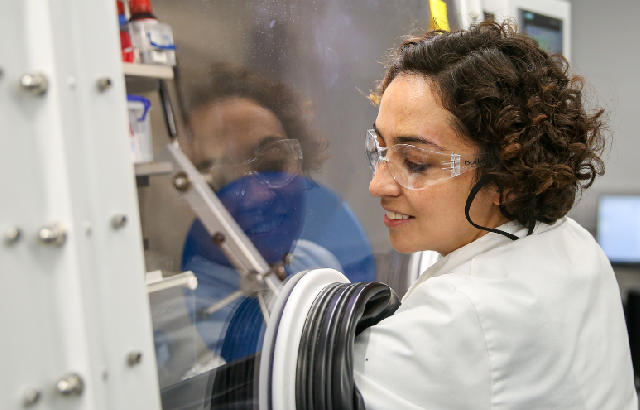Queen Mary University of London data centre waste heat to provide hot water and heating for campus
University’s green initiative reduces carbon footprint and energy costs

Waste heat from the Tier 2 data centre at Queen Mary University of London is now being repurposed to provide heating to the Joseph Priestley Building and the district heating system in the Mile End campus, thanks to the completion of an innovative carbon reduction refurbishment. The project, implemented in collaboration with Schneider Electric, PCH Engineers, BTU Installation and Maintenance and Advanced Power Technology (APT), uses a multi-stage heat recovery process to transform waste heat into water temperatures of 65-75°C.
Data centres are traditionally energy-intensive, consuming significant electricity to maintain the low temperatures required for optimal computer performance. The heat generated during their operation is typically wasted, contributing nothing to productive use and even requiring additional electricity for cooling systems to dissipate it. By capturing and reusing this waste heat, the initiative, initially devised by Lead Engineer Timothy Lee, repurposes energy that would otherwise be lost. This recovered energy is channelled into the university’s district heating network, reducing reliance on gas boilers and cutting fossil fuel consumption.
“This project represents a major step forward in Queen Mary University of London’s commitment to sustainability,” said Philippa Lloyd, Vice-Principal for Policy and Strategic Partnerships. “By transforming waste heat into an energy source, we’re achieving meaningful reductions in carbon emissions and showing how universities can lead in the transition to greener operations.”
The project is estimated to reduce the university’s Scope 1 emissions by 625 tonnes of CO2e annually, with a net annual reduction of circa 553 tonnes of tCO2e when accounting for a modest increase in electricity-related emissions. These savings result from integrating high-efficiency cooling systems and using waste heat to offset traditional heating. Financially, the refurbishment is projected to yield substantial energy cost savings, with a return on investment anticipated within seven years.
The refurbishment has also significantly enhanced the data centre’s capacity, allowing it to accommodate 39 racks with an average of 10 kilowatts per rack — a 33% increase compared to its previous configuration. This expansion supports high-performance computing needs for Queen Mary University of London’s particle physics research with CERN’s Large Hadron Collider and other cutting-edge projects.
Professor Jonathan Hays, Head of the Particle Physics Research Centre, explained the importance of the upgrade: “The refurbishment enables us to fulfil our commitments as a reliable partner in the worldwide computing grid for the Large Hadron Collider. With this modernised infrastructure, we can continue to deliver on our responsibilities while ensuring the centre remains sustainable and future-ready.”
Patrick Hendry, project manager at PCH Engineers, highlighted the broader implications of the collaboration: “The integration of Schneider Electric technology, combined with BTU and APT’s expertise, has delivered a solution that meets both computing and sustainability goals. This project not only demonstrates Queen Mary’s commitment to innovation but sets a benchmark for universities across the country.”
This refurbishment is part of the university’s larger Sustainability Action Plan, which aims to align its operations with the United Nations’ Sustainable Development Goals. The next phase involves extending the district heating system to additional buildings, including the upcoming School of Business and Management, set to open in three years.
As the university continues its drive for decarbonisation, this initiative serves as a blueprint for how institutions can integrate cutting-edge technology with sustainability-focused practices to create lasting environmental impact.
Related items

28 November 2024

